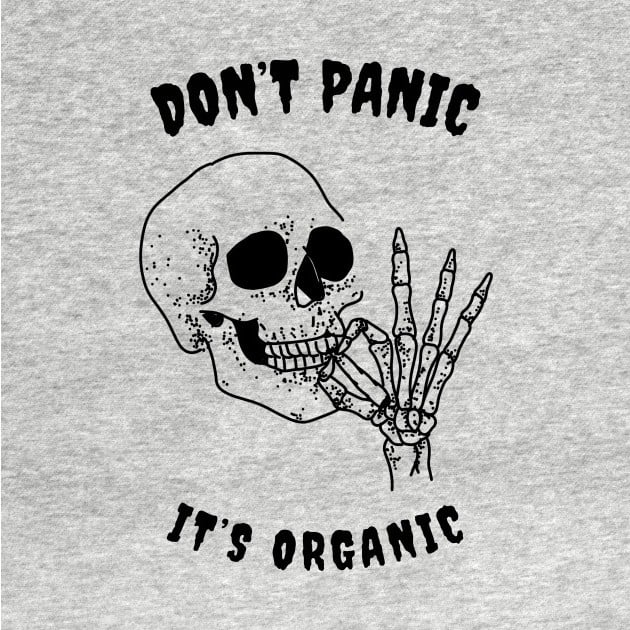First of all, detergent pods are for dummies who cannot measure the right amount of detergent for a job and those who don’t know that water hardness is a factor. They are for convenience zombies who cannot be bothered to think. So from the very start, pods are not for solarpunks.
Someone told me they had a problem with their dishwasher because undisolved gelatin sacs were gumming up their drain. The linked article goes into clogs. This article (if you can get past the enshitification) says there is research on an environmental impact by pod sacks. So that’s also antithetical to solarpunkness.
So do it right. Fuck pods. They cost more anyway. Buy powdered detergent if you have soft water (or if your dishwasher has a built-in water softener) and use less (to avoid etching). If you have hard water, either use liquid detergent or just use a bigger dose of powder.
If you use a convenience option, use the strips. If not that, use powder. They reduce container waste and shipping weight.
Also, better to lead your argument with your point, not shaming your audience. Maybe folks have mobility issues and pouring is hard.
Yeah, the neverending search for greater convenience is largely a net negative… Save for accessibility, which is almost always helped by more convenient options for things.
I have a smart home setup because it helps with my sleep disorder. Someday it’ll be Home Assistant, but for now it’s via the Google Home ecosystem.
How do strips compare cost-wise? I’ve not seen them in stores and have no experience with them in terms of how well they clean
tablets. blueland makes them for laundry and dishwashing, it’s clean, easy, literally the most convenient method I can imagine. no fuss. disappears completely.
Hmm at least in my home they’re comparable that I didn’t notice, but I’m fortunate that I wouldn’t notice unless the price is extremely different. There in a box like dryer sheets, which I don’t generally use.
They clean the same in my experience
Gotcha, thanks for your thoughts :)
As someone who uses standard detergent and not pods:
Fuck the language used here. Dear god. “Dummies” “convenience zombies”. I guess nobody has mobility issues or accessibility needs. Or perhaps someone is so deep into their depressive spiral that the moderate convenience offered by pods is the difference between them doing their washing at all or not.
I agree with the message here but absolutely fuck this holier than thou gatekeeping bullshit.
I agree. But it’s kind of hard to find where to buy the non-pod version nowadays.
In the past couple months Google has become quite hostile toward front-ends that previously made it possible for Tor users to reach their content. And I don’t have a good connection so I can’t do videos anyway.
But indeed, it’s hard to find proper detergent. I have to go to a big store of a big grocery chain to get it. But it’s worth it on the basis of price alone. Buying a couple kilos of powder gives the most loads for the money. IIRC the pods were twice the cost of powder when comparing a promotional sales price on pods.
(edit) Oh, but speaking of youtube, video
rBO8neWw04(which I have a saved a copy of) goes into pods. The guy makes an interesting point: pods discourage the use of detergent in the prewash. Though I think he over stresses that.I hadn’t realized how lucky we were - we have one of those crunchy refill stores in town, where you can bring your own containers and buy various powders and liquids (primarily cleaning supplies though they do some seasonings as well. I wish I could buy orange juice that way (I basically gave up on drinking it because I didn’t need any more plastic bottles). We switched to various dilutions of castile soap for most things, and a generic dishwasher powder for our little countertop rig.
Look for a supermarket with one of those juicing machines - you can just keep reusing the same bottle each time, the scan code doesn’t change
That’s a good idea! I do that with peanut butter at a fancy grocery store - I wonder if there’s one around that does juice
The video I posted is the second version of the video you mention. He rerecorded it with some changes or so.
In the us, Aldi carries store brand liquid, and last I heard Walmart has powdered in the store brand but that requires giving money to Walmart and they may have stopped selling it since
Though in my experience the powder sometimes gets too much moisture in it and turns into a brick rendering it unusable anyway
Where are you shopping?
In South Korea, but I assume I powder is difficult to get nowadays everywhere.
Well, I’ve never had problems finding it in Finland and still don’t. Generalising assumptions are going to be wrong.
I’m lucky. I get powdered dish and clothes detergents
Most powdered detergents contain high amounts of salts which aren’t particularly good for anything downstream of your dishwasher.
I’m unsure of a salt-free dish detergent, but I can gleefully recommend Oasis Biocompatible Laundry Detergent for everyone, but especially anyone with a septic or greywater laundry system. It cleans great and breaks down naturally into plant food.
Some detergents say “septic safe” on the container. My folks bought the cheapest option which did not say one way or another, so I had to call the supplier, who then said it was septic safe. It’s a shame that in the 2020s we still don’t have transparency on what we buy.
“Septic safe” is a pretty loose definition, and usually means “this will not break anything” not “this will naturally break down into something that is not harmful to the ecosystem outside of your septic tank”, but it’s usually a good start
blue land makes tablet detergents for dishwashing and clotheswashing. they work great. no pod bullshit, no waste, minimum and recyclable packaging
How can you not measure detergent? I don’t think I’ve ever seen a washing machine without a lip of plastic that clearly says “fill line” on it. You just don’t go past that lip! Heck, just use the cap of the detergent (if liquid) and most powdered ones I’ve used come with a measuring spoon!
I recall someone in #chemistry (on freenode) talking about measuring detergent. He could have been a nutter, but stressed the importance of measuring the right amount, saying get a scale and weigh it according to the manual.
The manual for one of my machines is shit… says look at the program table for detergent amount - then it’s omitted from the table. But what was useful was the manual said what the numbers meant. The lines marked “15” and “25” are for 15cm³ and 25cm³. The brim is 40cm³ and the prewash cup is 5cm³. Those are volumes, not weight. So I calculated the weight I needed at one point and IIRC it turned out that 15g of powder came out to 15cm³ (lucky me!). I don’t recall how I figured out that I needed 15g.
Anyway, these are the variables that influence the amount of detergent to use:
- load size (some manuals make that a factor, but it’s unclear why because it’s always the same amount of water in the tub. The guy in #chemistry seemed to think it was important)
- water hardness
- program selected (I have ~6 or so programs plus a ½-load button, so effectively 12; some have a prewash cycle, some not)
- type of detergent
Some of the short programs imply that slow solving detergents (tablets) should be avoided.
I still have not figured out what the ½-load button really does. Manual just says press it if you have less than half a load to save on water and power. That’s it. WTF? So I asked the manufacturer and they repeated the same useless answer, but said fill only 1 rack. WTF… which rack? I wanted to know what the ½-load button actually changed the program so I could use it wisely. How does the machine know which rack I chose? I think the “load only one rack” answer from the manufacturer is bullshit. I’ll probably sprawl out my partial loads. The manual should be telling people how much water is used with this setting. I have no idea how it saves on energy since the program choice dictates a fixed water temp. Maybe it just comes down to the fact that it has less water to heat. In any case, I should probably use less detergent on partial loads but the manual doesn’t give the calculation or even enough info to be able to calculate it.
Too much detergent → etching (and waste of detergent)
Too little detergent → repetition needed, which wastes water, energy, and detergentIf you don’t care about etching, then using too much is probably not a big deal.
GDI, pods seemed really good on the surface: liquid detergent with less water to reduce the amount of carbon used to transport it.
I’m no material scientist but I suspect they probably could have made pods out of materials which are actually biodegradable under normal conditions but chose to use this liquid plastic junk instead to save a buck.
I think liquids are heavier to transport than solids because solid detergent is more concentrated (no water). Liquid detergent (which comes in all viscocities) still has its place: for people with hard water. But apart from that I think solid detergent is the best for the environment.
There are those solid tablets which are like powder pressed together. Sometimes those are in a plastic wrapper that needs to be removed before use (yikes), and sometimes they are in a disolving gelatin like the liquid pods. But I guess the sacks of powder need not be as thick as the liquid ones.
It comes in a single use plastic container. It was never good.
So does liquid detergent.
They are also in single use plastic, just like liquid detergent. I used powdered detergent from a cardboard box. Works great! Same with clothes washing machine.
I make lye soap out of used cooking oil and wood ashes and use it to wash my clothes (and everything else except the dishwasher which yeah I know sucks)
I thought you were talking about deodorant (Im tired ok) and got really confused why people were having individual pods for each use of deodorant.
That makes me think of bon bon nail polish that was good for maybe two uses, and those tiny itty bitty chapstick tubes with like 3 days worth of chapstick in them. So wasteful.









